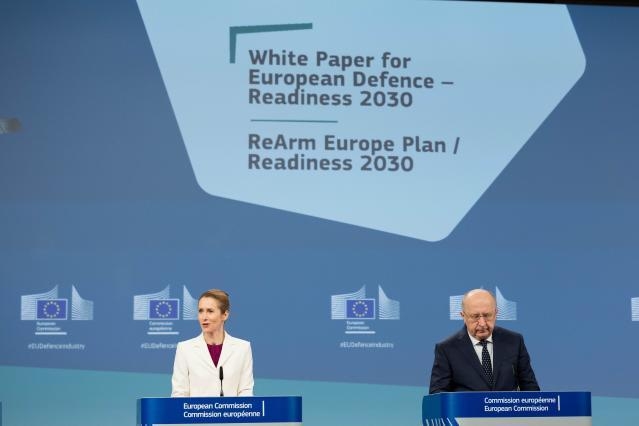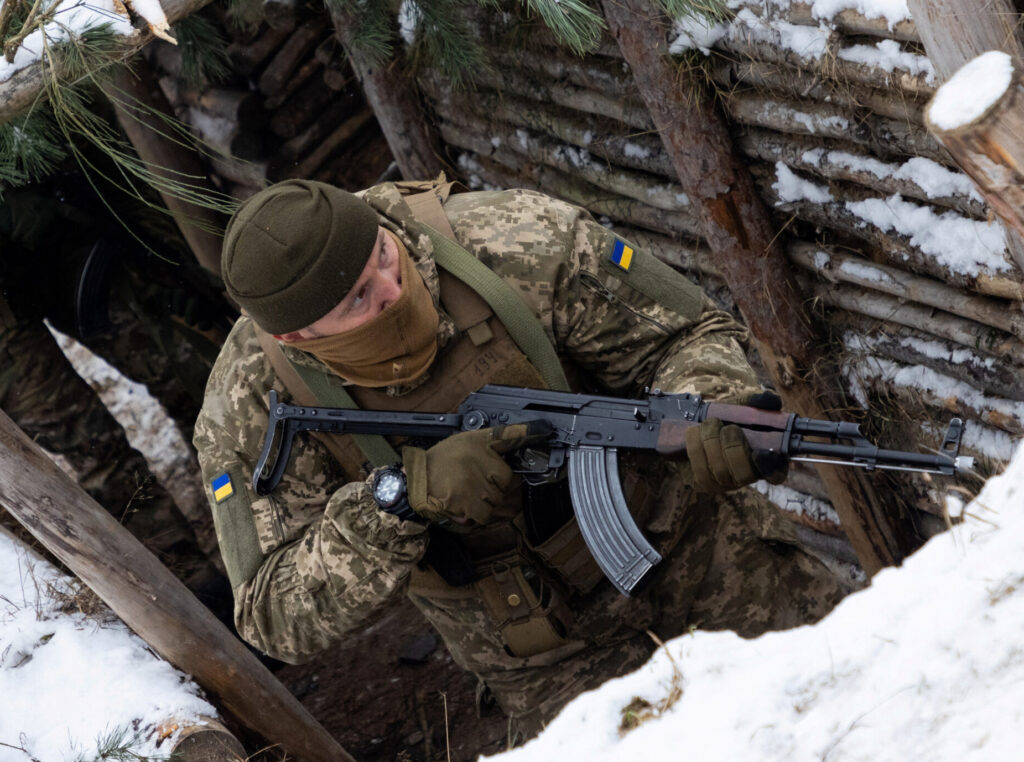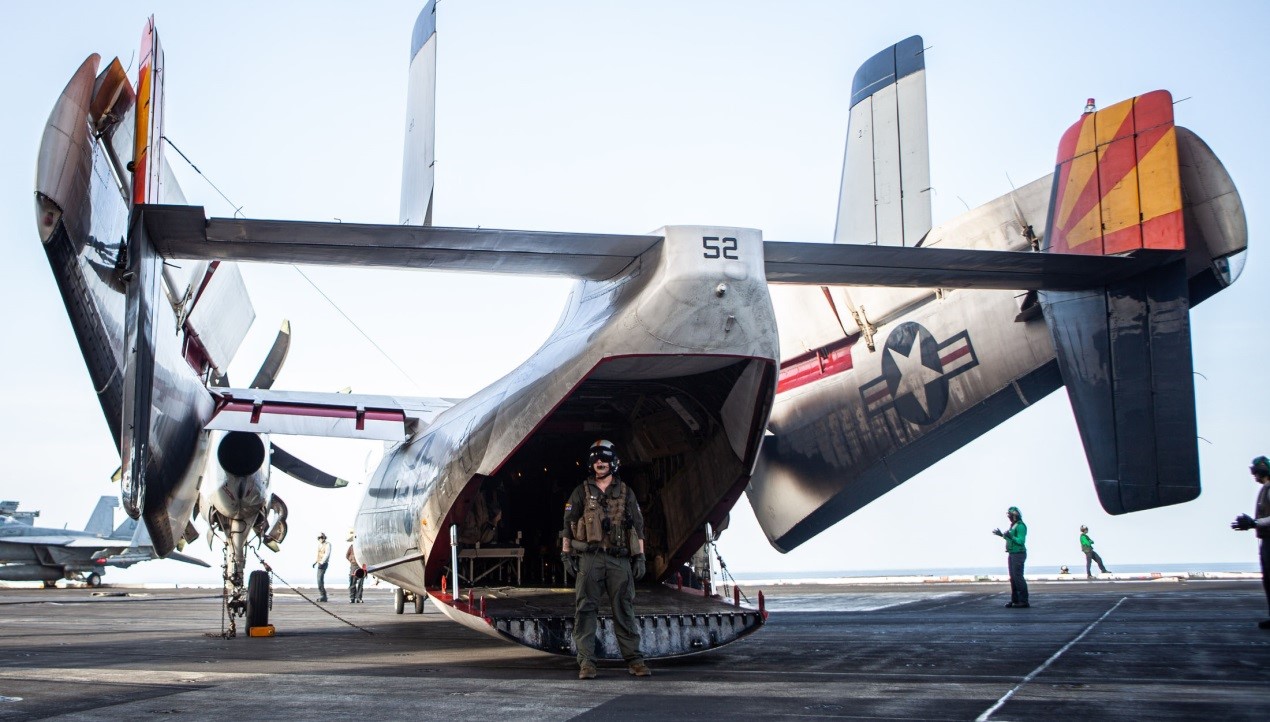Over the past decade, Chinese and Russian naval vessels have conducted joint maneuvers with greater frequency in Arctic and Arctic-adjacent waters, including as part of the 2022 Vostok multilateral exercises overseen by Russia, maritime maneuvers in the Baltic Sea in 2017, and joint transits near Alaska in 2022 and 2023. Picture source: MOD of China, July 14, 2024, MOD of China, http://www.mod.gov.cn/gfbw/sy/rt/16324540.html.
Prospects & Perspectives No. 47
Sino-Russian Military Cooperation: Scenes from the Arctic
By Marc Lanteigne
One of the many pressing questions relating to whether the growing political and strategic rivalries between Russia and the West, and especially the membership of NATO, will spill over into the Arctic, is the matter of China as a regional wild card. Since referring to itself as a “near-Arctic state” almost 15 years ago, becoming an observer in the Arctic Council in 2013, and publishing a widely scrutinized governmental White Paper on Chinese Arctic policy five years later, Beijing has continuously stressed that it wishes to be a prominent stakeholder in the far north. Although it was understood that Russia would be a primary partner in China’s northern ambitions, it was hoped five years ago that China would be able to expand a “Polar Silk Road” — a de facto northern wing of the Belt and Road Initiative (BRI), throughout the Arctic Ocean, via scientific and economic cooperation with many Arctic states. There was no shortage of ambition as China sought to expand its footprint in the Arctic, with one professor at Tsinghua University even going as far as to suggest in 2017 that the BRI would soon become “one belt, one road, and one circle.”
More Modest Aims
A combination of political pushback from several Arctic governments, including the United States as well as Canada, Denmark, and Sweden, the economic damage in China caused by the global pandemic, and Beijing’s “neutral” stance on Russia’s illegal invasion of Ukraine in early 2022, have since served to drastically curtail China’s Arctic strategies. Although Beijing has not openly condoned the invasion of Ukraine, nor provided overt military support to Russia, despite promises in early 2022 of a “no-limits” partnership, ongoing Sino-Russian economic and diplomatic cooperation, including through the expanded BRICS-plus regime, has made many Arctic governments more wary of Beijing’s strategic interests in that part of the world.
Faced with this new reality, Beijing has now been forced to assume a more conservative approach to the region, with two significant developments. First, the Arctic’s geopolitical situation has forced China and Russia closer together in coordinating their Arctic strategies. Second, Beijing has become less wary of demonstrating its emerging military interests in the north, especially via more evident cooperation with Russian armed forces. The latter has been a watershed departure from earlier Chinese policies that eschewed any mention of hard power interests in the Arctic, with Beijing instead stressing its desire to build scientific and economic diplomacy with regional states. The Chinese government had pushed back repeatedly against accusations that it harbored strategic aims in the far north, and instead had frequently pointed to NATO as the actual actor seeking to militarize the Arctic. At the same time, Beijing has also sought to stress that it has legitimate Arctic concerns, and an interest in future areas of regional governance.
Reactive or Strategic Cooperation?
There remains the question, however, of whether this emerging Sino-Russian northern cooperation is primarily reactive, namely a response to NATO’s growing Arctic interests including the recent addition of Finland and Sweden to its ranks, or a sign that the two powers are starting to become more comfortable with strategic cooperation, even in the Arctic, a place where Moscow had long considered to be its exclusive backyard.
Over the past decade, Chinese and Russian naval vessels have conducted joint maneuvers with greater frequency in Arctic and Arctic-adjacent waters, including as part of the 2022 Vostok multilateral exercises overseen by Russia, maritime maneuvers in the Baltic Sea in 2017, and joint transits near Alaska in 2022 and 2023. In April 2023, the China Coast Guard signed a memorandum of understanding with the Russian Federal Security Service to cooperate more closely in areas of maritime law enforcement. Although the agreement was signed in the Russian Arctic city of Murmansk, likely as an unsubtle rebuke to nearby Finland for its growing NATO alignment, it remains unclear whether such cooperation will eventually take place in the waters off Siberia, given traditional Russian concerns about its sovereignty there.
In July this year, however, the circumstances appeared to have changed regarding the depth of Sino-Russian Arctic cooperation when reports surfaced of joint air force operations between the two powers approximately 320km from the Alaskan coast. More worryingly, these maneuvers included bombers for the first time in that area. American and Canadian Air Force planes, operating under North American Air Defence/NORAD auspices, intercepted Russian jet fighters escorting two Chinese Xian H-6 bombers and two Tupolev Tu-95 bomber planes from the Russian Air Force. Chinese and Russian military spokespersons sought to frame the operation as a deepening of cooperation between the two militaries, and actions not taken against any third party. Yet, the fact that the flybys took place so close to the Alaskan coastline, and that it was reported that both sets of bombers lifted off from a Russian airbase, Anadyr, in the Chukotka Region, did suggest not only widening Sino-Russian military cooperation, but also Beijing’s willingness to advertise its strategic interests in the far north.
‘Pacing Challenge’
These events also indicate that both powers are seeking to open the Pacific-Arctic to increased bilateral strategic cooperation, as a perceived counter to NATO-led emerging interests in the Arctic Ocean. The possibility of enhanced Sino-Russian military cooperation in the Arctic was noted both in the U.S. government’s updated Arctic strategy published in July this year, as well as the specific “pacing challenge” of China’s Arctic concerns, as well as in Canada’s May 2024 Arctic defense paper, which pointed to the challenge of closer Sino-Russian military activities in the North American Arctic. There has also been much discussion amongst NATO states about increasing their own military visibility in the Arctic via larger numbers of icebreakers. Russia has over forty such vessels, including nuclear engine models, while China now has four such vessels capable of polar missions, with a fifth announced as being under construction as of next year. After several false starts, the United States in July this year announced a cooperation deal with Canada and Finland to eventually produce modern icebreakers, to replace the two aging U.S. ships, as a balancing policy.
In discussing developing Sino-Russian military cooperation in northern regions, it is nonetheless important to recognize some caveats. Since growing Western economic isolation of Russia over the past decade, starting with the annexation of Crimea and the subsequent full invasion of Ukraine, Moscow has pointed to the Arctic as a key source of Russian economic growth, and has been seeking to diversify its energy partnerships there through increased cooperation with other Asia government actors including India and the Gulf Region, reflecting concerns about being too dependent on Chinese financial and logistical largesse. By the same token, despite the “costly signaling” that closer regional military cooperation with Russia has produced, Beijing still harbors hope of a more diverse set of Arctic partnerships beyond Moscow.
While it unlikely that the Arctic will become a staging ground for direct competition over military dominance between NATO, China and Russia, patterns of military cooperation between Beijing and Moscow in the far north do suggest a worrisome trend of both governments being more willing to balance what they see as a Western push to augment its strategic capabilities in the far north. These moves will likely have implications well beyond the Arctic itself, should these patterns persist.
(Marc Lanteigne is a Professor of Political Science at the University of Tromsø, Norway, and an Adjunct Lecturer at the University of Greenland.)














